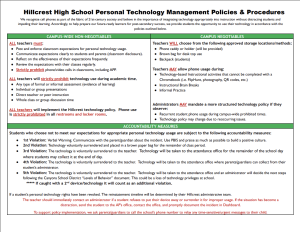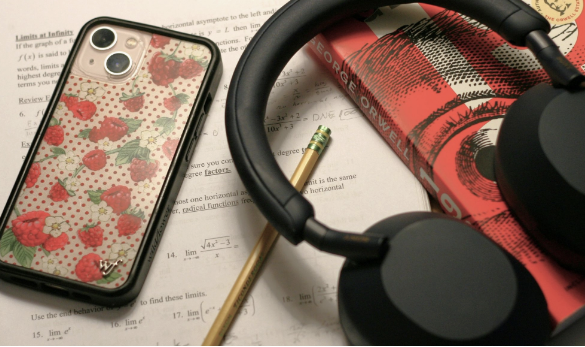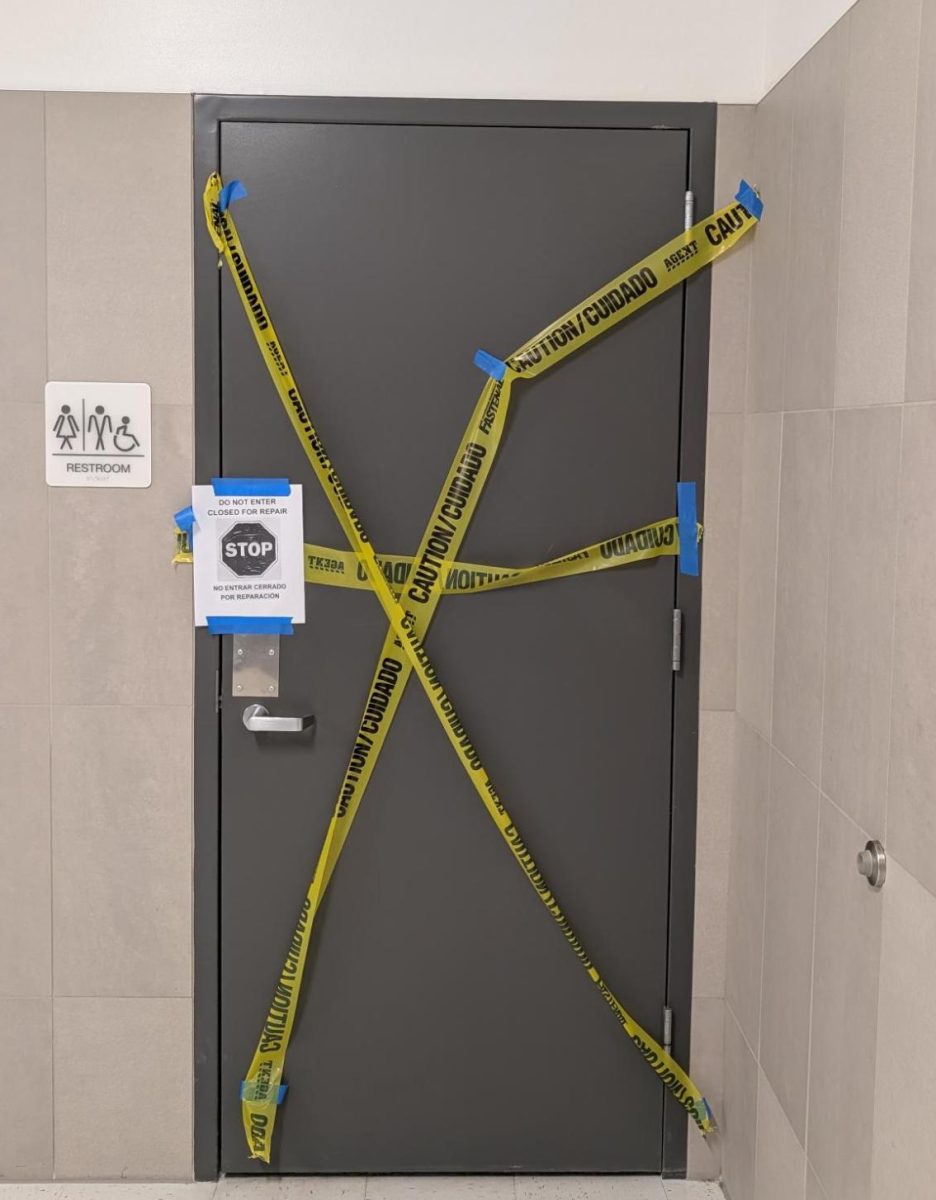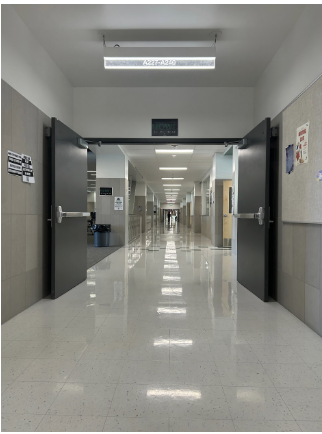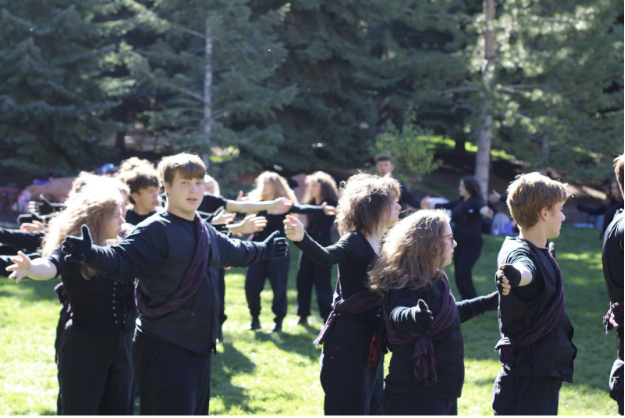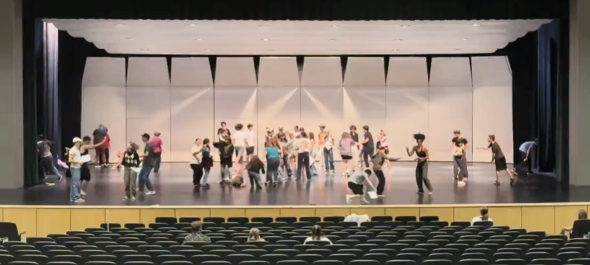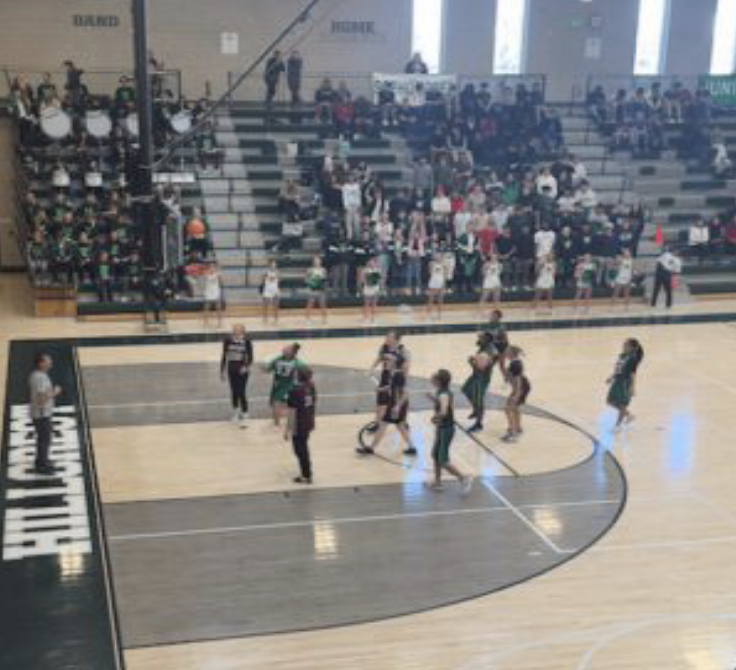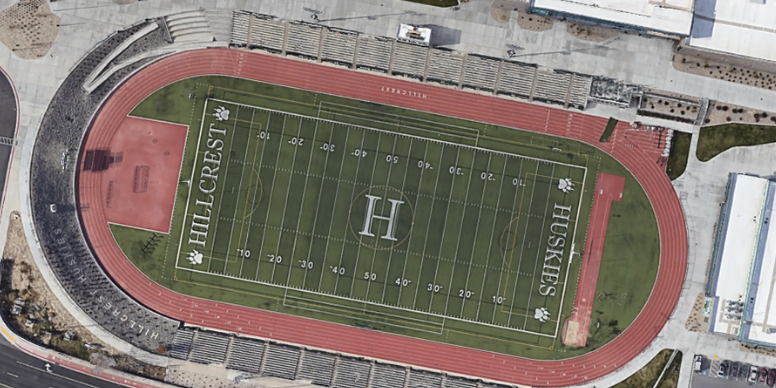Under a new Senate bill that took effect on July 1, 2025, Hillcrest High School has adopted a new technology policy requiring teachers to ban all personal technology for students. Although there has been some overall improvement, the policies themselves lack precision.
This fall, public schools in Utah have been put under the new Senate Bill 178, better known as the Devices in Public Schools Bill. According to the Utah State Legislature, this bill, “Prohibits a student from using a cell phone, smart watch, or emerging technology during classroom hours.” The bill allows local education agencies to create exemptions and permits the use of technology during non-learning hours, such as lunch, recess, and passing periods.
Hillcrest also adopted its own policy that furthers this idea. “I think it could be a little more uniform,” Hillcrest advanced art and jewelry teacher Kari Bennett states when asked about the technology policy. She goes on further to explain that the policy creates an even larger responsibility for teachers to take on. “I think that it would help if every teacher was doing the very same thing, and I don’t know that that’s really happening.”
The school-wide disclosure describes strict rules for all personal technology and includes images of a phone and AirPods, but never defines what the term, “personal technology,” covers. The specific technology policy only mentions phones in their exemption side, leaving little information on others. “I’m actually having a harder time with earbuds than I am with phones, because students can, number one, hide the phones. Number two, they can turn [music] on and put it in their bag and not have their phones out.” Bennett also explains that there are certain classes where the usage is positive rather than negative, especially in studio art classes full of independent work time.
“There are times when it’s kind of nice to listen to music and then work at the same time.” Phone regulations also pose a problem in Studio Art classes. Art students commonly pull pictures from their photo libraries or on the internet as references for the work. “It’s tougher in a studio class where we have lots of work time where students are looking up resources on their phones.” Bennett is not able to consistently check if all students are using their phones appropriately and teach at the same time, something which many teachers could relate to.
Although teachers have reason to want revisions, Bennett mentions that, “Overall, [the phone usage is] definitely better than last year.” She points out that her jewelry classes are going better than in previous years. “In my jewelry classes where we’re working on specific things, where we’re working a little more as a group, we’re moving a little faster.” She’s been able to move her students quicker through lessons and finds it easier to stay on top of phones because there is less independent work time.
Bennett suggests to actually have a stricter phone policy if possible. “I would actually like to see phones get put in a specific spot rather than kept with students because it would make it easier to enforce.” She believes the best case scenario would be to have phones left at home, but she understands that isn’t a realistic request when we often use them as tools in a classroom.
The new phone policy took teachers some adjusting but brought an overall improvement to class focus. That being said, the policy leaves vague rules regarding headphones, exemptions to rules and applies a much larger pressure to the teacher themselves without a true way to be sure that everyone is staying true to the rules. Progress has been made but leaves requests for provisions.
